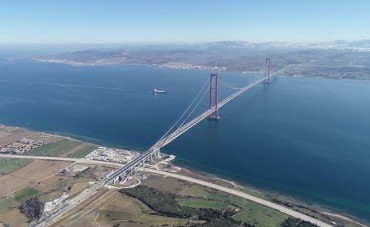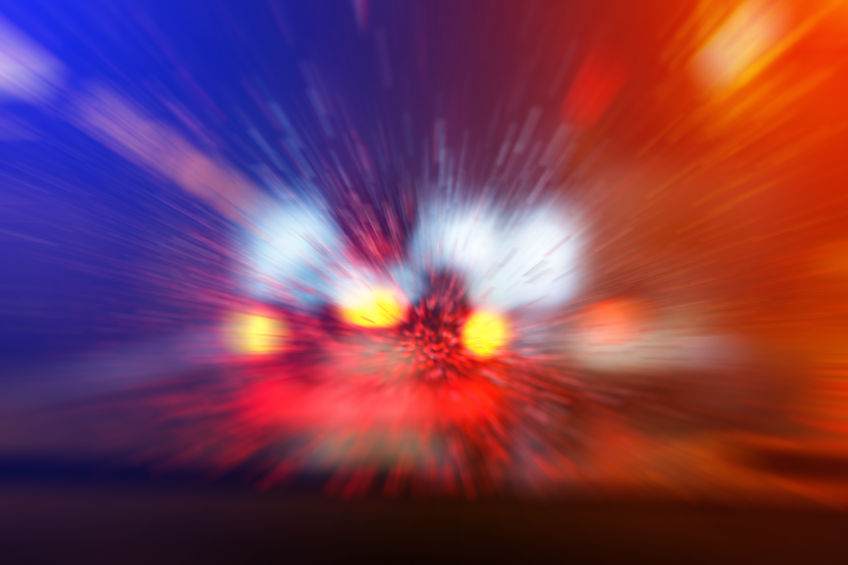
According to Article 18 of the Road Traffic Act concerning prohibition on road crossing, emergency motor vehicles such as fire engines and ambulances are granted the right of way at red lights in emergencies. (Image: Kobiz Media)
SEOUL, Jan. 13 (Korea Bizwire) – The story of an ambulance driver facing prosecution after a car accident last week caused uproar in South Korea.
The private ambulance carrying a two-month-old infant ran a red light, according to police, before colliding with an SUV while traveling from one hospital in North Chungcheong Province to another in Seoul.
The drivers of both vehicles are facing charges for the crash – the ambulance driver for breaking traffic laws and the SUV driver for driving under the influence – which left the baby girl, her parents, and a nurse with minor injuries.
Following reports of the police handling of the crash, the backlash online was swift and vociferous.
Left baffled, critical online comments from the public piled up against South Korea’s traffic laws across news websites, with many calling them a ‘joke’.
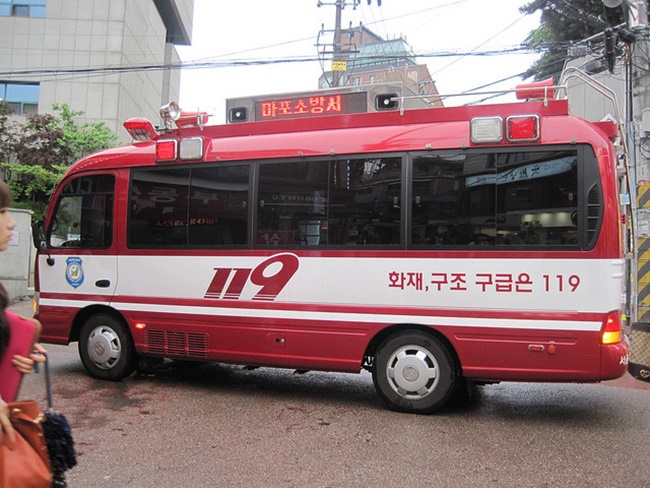
In 2016, the 119 Firefighters Welfare Foundation uploaded a picture of a letter of complaint filed over siren sounds from residents in Busan, drawing sympathy for firefighters across the country. (Image: robotbrainz from Flickr)
“Despite the Road Traffic Act, private ambulances can be stopped by South Korean police as celebrities have used them in the past while on the move.”
The case was met with calls to increase the punishment for DUI charges, while some people were quick to draw comparisons with other countries in relation to the immunity of emergency vehicles to traffic lights.
Following the Korea Times’ coverage of the story last week, many in the expatriate community expressed disbelief at South Korean traffic authorities across various online platforms including Reddit, Facebook, and YouTube.
With many still trying to comprehend the controversial charges against the ambulance driver, it’s worth looking at what traffic rules say about ambulances and their rights on the road.
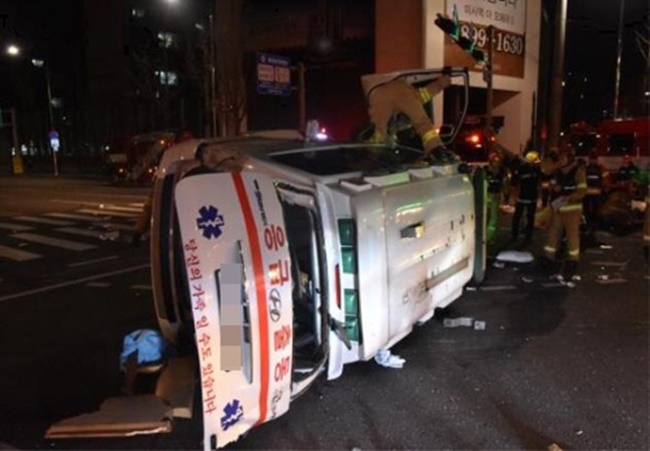
The story of an ambulance driver facing prosecution after a car accident last week caused uproar in South Korea. (Image: Songpa Fire Station)
“Around 3,000 private ambulances are caught on the road without a patient each year.”
According to Article 18 of the Road Traffic Act concerning prohibition on road crossing, emergency motor vehicles such as fire engines and ambulances are granted the right of way at red lights in emergencies.
While speed limits are lifted strictly in ‘emergencies’ only, the lack of exemption provisions for car accidents leaves room for legal punishment for ambulance drivers involved in crashes like the case last week.
The ambiguous emphasis on the status of emergency has faced criticism in the past, with many critics arguing that the strict standards could hinder the effort of emergency medical technicians to save lives when every second counts.
Adding to the confusion is the fact that reckless private ambulances have been caught ignoring traffic lights and speed limits despite the lack of a legitimate emergency.
Private ambulance drivers are increasingly being stopped by police, unlike state-owned ambulances with a distinctive appearance that are dispatched for 119 emergency calls.
Are private ambulance operators crying wolf?
Data provided by the National Police Agency shows over 3,000 cases of illegal private ambulance rides are reported each year.
Skeptics say private ambulances have brought upon themselves the criticism being leveled against them, after years of being used as an illicit ‘fast track’ for non-patients, including celebrities running behind schedule.
Famous celebrities who have used private ambulances while on form include U.S. Pop star Christina Aguilera, who drew criticism for leaving fans hanging for over an hour, despite being brought directly from Incheon Airport to the Olympic Gymnastics Arena in Seoul.
Comedian Kang Yu-mi also found herself in hot water in 2013, after tweeting that she was in an ambulance heading to an event.
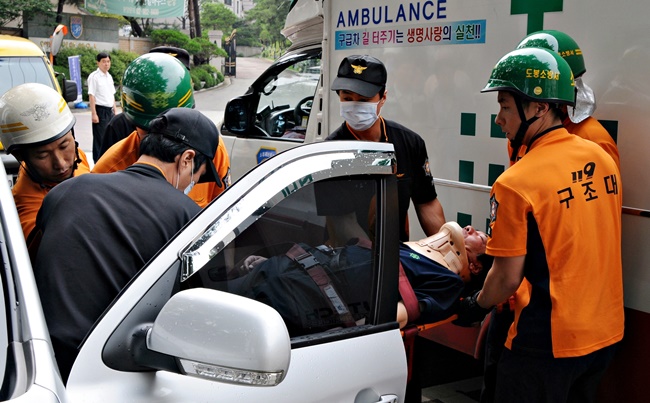
Data provided by the National Police Agency shows over 3,000 cases of illegal private ambulance rides are reported each year. (Image: Wikimedia Commons)
A lack of cooperation on the road
With all the factors pointing to the lack of clarity in traffic laws concerning the use of ambulances, some responsibility still lies with South Korean drivers.
Only 3 in 10 ambulances arrive within the golden time of four to six minutes, according to 2016 data from the Ministry of Public Safety and Security, with the car accident rates nearly three times higher among ambulances. Nearly 8 in 10 accidents involved a car crash.
In 2016, the 119 Firefighters Welfare Foundation uploaded a picture of a letter of complaint filed over siren sounds from residents in Busan, drawing sympathy for firefighters across the country.
Hyunsu Yim (hyunsu@koreabizwire.com)




